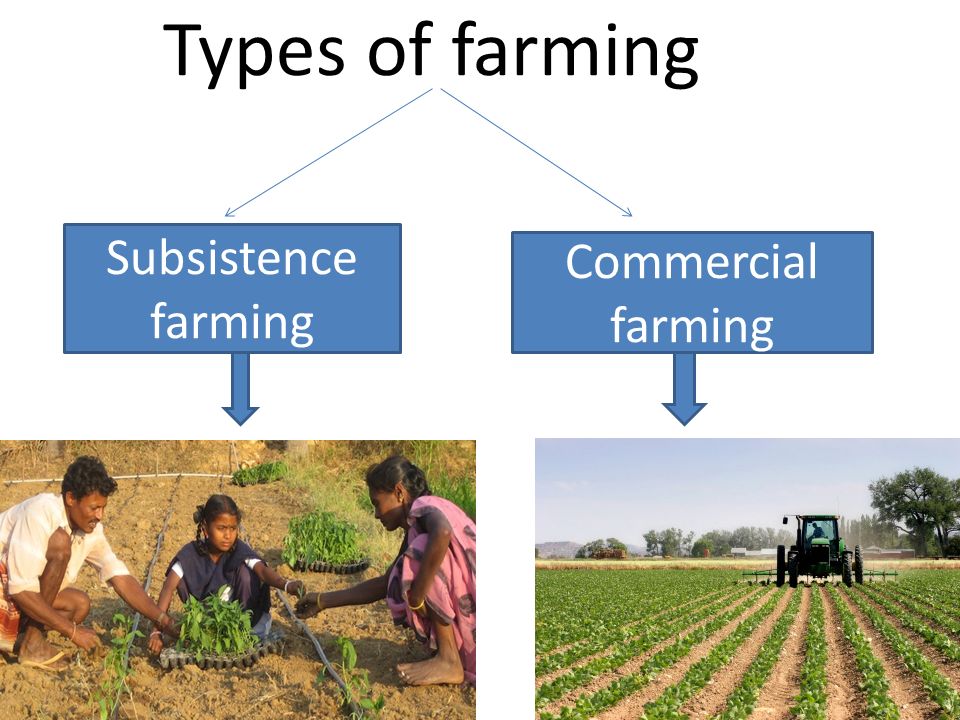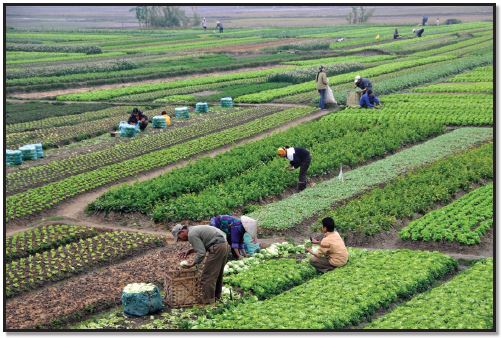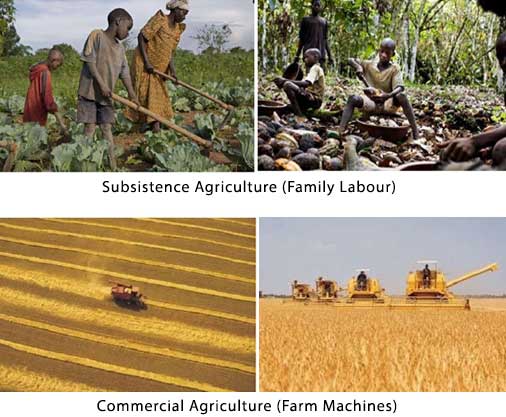An In-Depth Check Out the Challenges and Benefits of Modern Farming
Modern agriculture stands at the crossroads of development and sustainability, offering a multitude of chances and difficulties. With improvements like accuracy farming and biotechnology promising boosted performance, the sector concurrently comes to grips with crucial problems such as ecological degradation and socio-economic differences. As we discover the intricate equilibrium in between technical progression and its wider influences, the question develops: can we attain a sustainable future that profits both the atmosphere and farming communities? The course onward requires a careful assessment of these characteristics, inviting stakeholders to consider the possibility for transformative change in agricultural techniques and plans.
Technological Improvements in Farming
Developments such as precision automation, biotechnology, and agriculture have changed conventional farming techniques, enabling for even more lasting and profitable procedures. Precision agriculture uses GPS innovation, sensing units, and information analytics to maximize field-level monitoring relating to crop farming.
Automation in farming has further thrust the industry ahead, with the intro of autonomous tractors, drones, and robotics. These modern technologies lessen labor needs and boost operational rate, enabling for timely planting and harvesting. Drones, in particular, give useful airborne images and data, assisting farmers in keeping track of crop health and identifying problems early.
Biotechnology has actually also played an essential role beforehand farming techniques. Genetically changed organisms (GMOs) have been established to enhance crop resistance to diseases and insects, reduce reliance on chemical treatments, and improve dietary material. This technology adds to food security and satisfies the needs of a growing global populace. Collectively, these technical innovations have actually prepared for a much more sustainable and resistant farming future.
Environmental Difficulties
Farming encounters numerous environmental obstacles that intimidate its sustainability and productivity. The long-lasting viability of agricultural land is endangered, necessitating the fostering of more lasting methods.
Water deficiency is an additional significant challenge, particularly in areas where agriculture greatly counts on irrigation. Climate change is escalating this issue, altering rainfall patterns and raising the regularity of dry spells. Effective water administration systems, such as drip watering and rainwater harvesting, are critical to reduce these effects, yet their execution stays irregular across different areas.
In addition, farming is both a contributor and a sufferer to climate adjustment. It accounts for a considerable share of greenhouse gas exhausts, primarily from animals manufacturing and rice cultivation. Transitioning to low-emission agricultural techniques, such as accuracy farming and agroforestry, can assist lower this influence. These techniques call for significant investment and technological proficiency, positioning an obstacle to extensive fostering. Addressing these ecological obstacles is vital for making sure a lasting farming future.

Financial Impacts
The financial effects of modern farming are diverse and extensive, affecting both regional and global markets. Developments in technology and production techniques have actually significantly boosted agricultural performance, causing a lot more effective food supply chains and reduced costs for customers. This increased productivity has made it possible for nations to meet growing demands, maintain food rates, and contribute to financial development. Moreover, the export of farming products has actually become a significant source of earnings for straight from the source numerous countries, playing a critical function in their financial development.
However, these benefits are not without challenges. The capital-intensive nature of contemporary farming requires significant investment in equipment, plant foods, and genetically modified seeds, which can be financially troublesome for small-scale farmers. This commonly causes raised financial debt and economic susceptability, possibly leading to the loan consolidation of farms and the loss of rural incomes. Additionally, global market changes can affect the productivity of agricultural exports, making economic situations reliant on farming prone to economic instability.
Furthermore, aids and trade plans in developed countries can distort market value, affecting competitive equilibrium and potentially disadvantaging farmers in creating countries. On the whole, while modern farming drives economic development, it also demands navigating complicated financial landscapes to make sure lasting and equitable development.
Social Ramifications
While modern agriculture has actually brought about considerable advancements, it likewise offers different social effects that require consideration. One significant concern is the variation of small farmers Go Here due to the surge of large agribusinesses. As company farming entities increasingly dominate the farming landscape, smaller sized farms usually struggle to contend, bring about the erosion of rural neighborhoods and typical farming practices. This shift can result in a loss of neighborhood knowledge and cultural heritage that smaller sized ranches maintain.

Such methods might additionally restrict customer choices and decrease the ability of neighborhood neighborhoods to control their food resources. As these social ramifications unfold, it ends up being vital to address them to guarantee equitable and lasting agricultural growth.
Future Directions
Looking ahead, a number of encouraging avenues for modern agriculture could deal with the difficulties dealt with today while promoting lasting development. Advancements in innovation, such as precision agriculture, provide the prospective to enhance resource use and increase performance.
Biotechnology additionally holds tremendous assurance for the future of best site farming. Genetically changed microorganisms (GMOs) and genetics modifying methods, like CRISPR, can enhance plant strength versus climate modification, bugs, and illness, thus improving food safety and security. Expanding plant ranges to include more nutrient-dense and climate-resilient alternatives might strengthen both eco-friendly stability and human nutrition.

Verdict
Modern farming, characterized by technical developments, offers both chances and challenges. commercial farming vs subsistence farming. Attending to these complexities needs a transition towards lasting practices that stabilize performance with environmental stewardship and social equity, therefore guaranteeing a resistant future for global agricultural systems.
Modern farming stands at the crossroads of innovation and sustainability, presenting a multitude of challenges and possibilities. In addition, worldwide market changes can affect the earnings of agricultural exports, making economies reliant on farming prone to economic instability.
Moreover, the extensive usage of innovation and automation in farming has actually led to a decrease in farming work opportunities.Looking ahead, several promising avenues for modern-day agriculture might address the obstacles dealt with today while cultivating sustainable growth. commercial farming vs subsistence farming.Modern agriculture, identified by technical developments, presents both opportunities and challenges
Comments on “Assessing Sustainability: Commercial Farming vs Subsistence Farming Approaches”